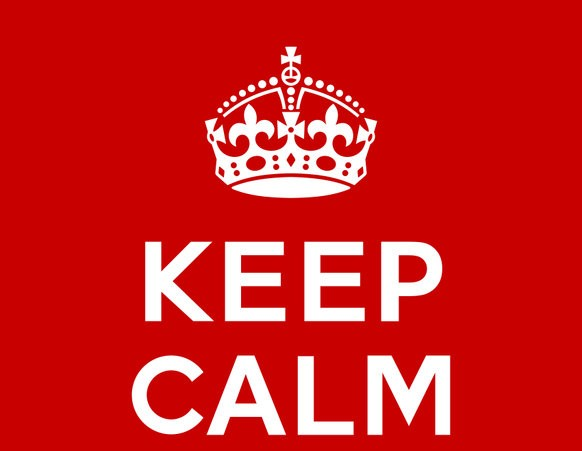by Gilda Bonanno LLC
Composure is a crucial element of effective leadership presence. It allows leaders to maintain control, make thoughtful decisions and project confidence even in high-pressure situations. At its core, composure involves two key aspects: choosing your reaction and preparing ahead of time.
Choosing Your Reaction
Staying calm under pressure is one of the most challenging aspects of leadership. It often feels as though emotions are automatic, as if someone else makes us angry or upset—"He made me so frustrated!" or "She ruined my day!" But the truth is, we have a choice in how we respond.
Between an event and our reaction, there is a brief moment—a fraction of a second—where we can pause, breathe, and decide how to respond. Strong leaders take advantage of this space. They control their emotions rather than letting emotions control them.
This doesn’t mean suppressing emotions; rather, it means responding intentionally. A great leader may choose to express frustration or disappointment when appropriate, but they do so with purpose. They are not like a pinball in a machine, bouncing unpredictably from one emotional state to another. Instead, they assess whether anger will be productive in a given situation or if a calmer approach will yield better results.
Mastering the Pause
Can you take a breath before reacting? Mindfulness, presence and simple breathing exercises can help you resist automatic responses and instead choose an emotion that serves you. The goal isn’t to eliminate emotions but to ensure they align with your leadership goals and strengthen your relationships.
Preparation: The Secret to Composure
At first, preparation may not seem connected to composure, but in reality, it plays a vital role. Being composed isn’t just about how you react in the moment—it’s about setting yourself up for success before the moment arrives.
Consider the situations that tend to throw you off balance:
- Are there certain people who always “push your buttons”?
- Are you heading into a meeting where you anticipate bad news, such as project delays?
- Will you be in a situation where you need to introduce yourself or explain what you’re working on?
Preparing for these moments in advance helps you stay composed when they arise. Rather than being caught off guard, you’ll have already thought through a general outline of your response.
The Difference Between Preparation and Practice
It’s not enough to just think about what you’ll say—you have to practice out loud. Sitting at your desk, reviewing notes in your head, is preparation. But practice means physically speaking the words, refining your tone, and becoming comfortable with your message.
- If you want to confidently introduce yourself, practice saying it out loud.
- If you need to ask for a project extension from your manager, rehearse your key points aloud.
- If you anticipate a difficult conversation, role play possible responses.
When the moment arrives, you’ll be ready—not just in theory, but in practice. And that preparation will allow you to maintain composure, project confidence and demonstrate strong leadership presence.
© Gilda Bonanno LLC - Gilda Bonanno serves as a trusted advisor to executives and entrepreneurs to transform their communication, presentation and leadership skills. She has worked with companies on 4 continents, from Chicago to Shanghai and Rio to Rome. The instructional videos on her YouTube channel have received over 1.5 million views and her e-newsletter has reached subscribers in over 45 countries since 2008. For other articles or to receive Gilda's e-newsletter, visit www.gildabonanno.com
